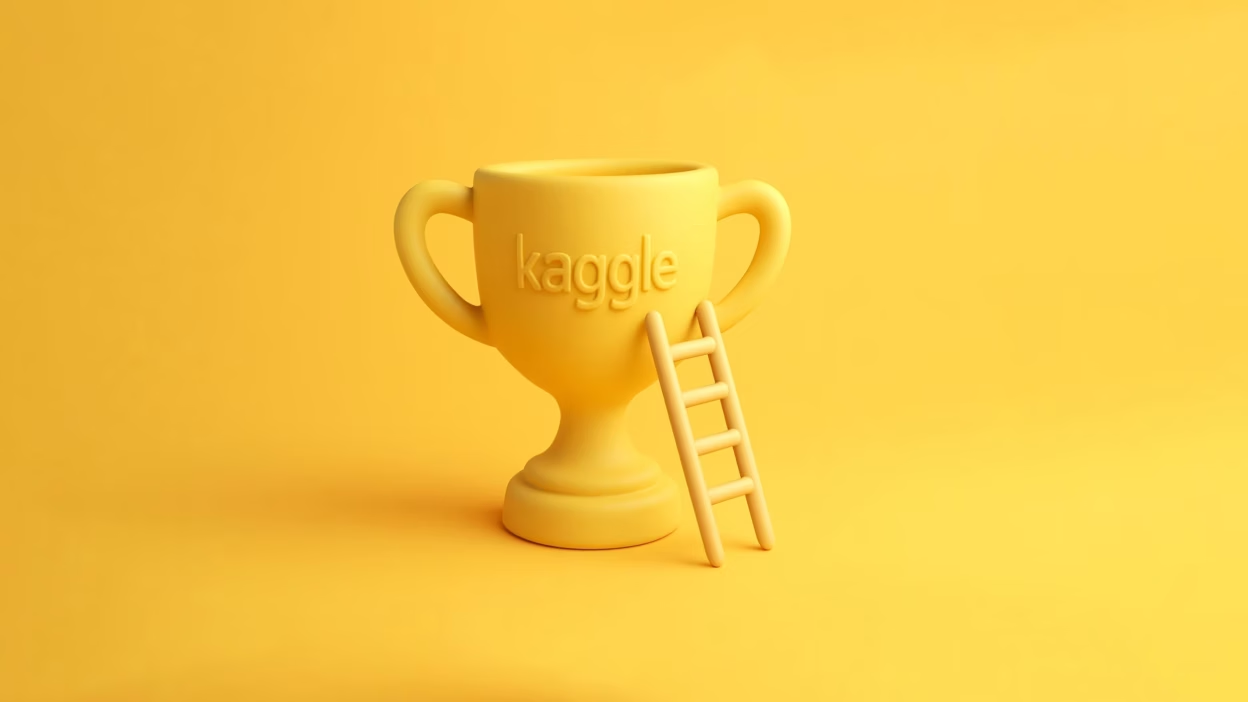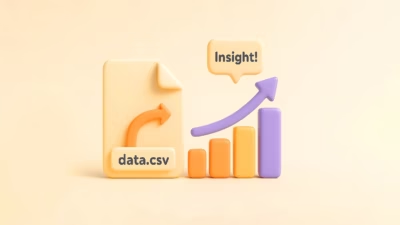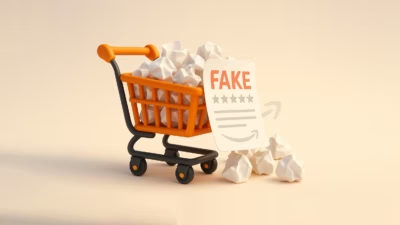You know that moment when you finish your first data science course, close your laptop… and then just sit there thinking, “Okay… now what?”
It’s like getting a driver’s license but having no car to practice with.
You know the theory, sure. But can you actually drive?
Enter Kaggle: the wild, wonderful playground of real-world data science.
Except it’s not just a playground. It’s a gym, a classroom, a résumé booster, and honestly, sometimes a humbling therapy session all rolled into one.
Today, we’re diving headfirst into what Kaggle actually is, why it’s so powerful for beginners, and how you can use it to seriously level up your skills without losing your mind.
Grab a coffee — this is gonna be good.
The Quick and Dirty: What Is Kaggle, Really?
On paper, Kaggle is a platform owned by Google that hosts data science competitions, public datasets, and community discussions.
But saying “Kaggle is a competition site” is like saying “YouTube is for cat videos.” Technically true, but missing the whole ecosystem.
Here’s what Kaggle really is:
- Competitions where companies and researchers post real problems, and data scientists compete to find the best solutions.
- Datasets (tons of them) free to use for practice, projects, or curiosity.
- Kernels (aka Notebooks) where people share full code, models, and explanations.
- Courses (Micro-courses) for quick, no-fluff skill-building.
- Discussion forums that are honestly better than most textbooks.
In short: Kaggle is the closest thing you’ll find to a “real-world lab” for data science.
And it’s free.
Which is suspiciously generous, but hey, we’re not complaining.
Why Beginners Should Care (Even Before They’re ‘Ready’)
You might be thinking,
“But I’m still figuring out how to import pandas without Googling it every time. Isn’t Kaggle way too advanced for me?”
NOPE.
That’s like refusing to join a gym because you can’t deadlift 200 pounds on Day 1.
Kaggle is actually one of the best beginner moves you can make.
And here’s why:
- You get real-world messiness (missing data, weird outliers, ugly distributions) instead of pristine textbook datasets.
- You see how pros think by reading top notebooks and forum posts.
- You build a public portfolio that future employers can actually look at.
- You learn by doing — not just watching, reading, and “understanding” theoretically.
In fact, I’d argue Kaggle isn’t just for when you feel “ready.”
Kaggle is how you get ready.
How Kaggle Works: Behind the Scenes
Alright, story time.
When I first joined Kaggle, I thought it was like submitting a school assignment: you do it once, hope for a good grade, and move on.
NOPE. Kaggle is a grind and iterate game.
Here’s the basic loop:
- Pick a Competition or Dataset
Maybe it’s Titanic survival prediction. Maybe it’s predicting house prices. Maybe it’s classifying whether a cat is a loaf or a croissant. (Real competitions have gotten weird.) - Explore the Data
You download it (or use Kaggle’s cloud environment — more on that later) and start poking around: What’s missing? What’s weird? What needs cleaning? - Build a Baseline Model
This isn’t about winning. It’s about not submitting nothing. (Trust me, your first model is allowed to be trash.) - Submit Predictions
You upload your predictions (usually a CSV file) and Kaggle gives you a score instantly. - Cry or Celebrate
Your score will either make you feel like a genius or a fraud. Both are normal. Both are signs you’re learning. - Improve Iteratively
Rinse and repeat: new features, better models, smarter preprocessing, ensembling… Slowly, you climb.
No submission cap. No penalties for trying. Just infinite learning loops.
How Beginners Should Start: A Tactical Map
If you just land on Kaggle and start clicking around, it can feel like stepping into Times Square blindfolded.
Here’s a much smarter path:
1. Create a Kaggle Account and Fill Out Your Profile
Yes, even if it feels silly.
Upload a picture. Write a sentence about yourself. Link your GitHub or LinkedIn.
Why? Because Kaggle isn’t just practice — it’s a public portfolio.
People do look at profiles, especially if you ever team up later.
2. Take a Micro-Course or Two
Kaggle has short, snackable courses on:
- Python
- Pandas
- Machine Learning
- Deep Learning
- Feature Engineering
You don’t need to take all of them.
Pick one, knock it out in a week.
They’re free. They’re written well. They’re actually useful.
(Unlike those 50-hour Udemy courses where you watch a guy set up Anaconda for 20 minutes.)
3. Tackle a Beginner Competition
Titanic. Spaceship Titanic. House Prices.
They’re literally labeled “Getting Started” competitions.
You’re allowed — no, expected — to mess up gloriously here.
Build a logistic regression. Submit. Feel the rush.
Warning: It’s dangerously addicting once you see that score move.
4. Read Top-Scoring Notebooks Like Novels
Forget courses for a sec.
Top Kaggle notebooks are better than most online tutorials.
They show:
- How people clean messy data
- What clever feature engineering looks like
- Tricks for improving model performance
Read them, copy them, run them, break them, tweak them.
You’ll learn faster by playing with other people’s code than you will by reading documentation alone.
5. Start Public Notebooks (Even Small Ones)
This is huge.
You don’t need to win competitions.
You just need to document your thinking publicly.
Even a simple notebook titled “Basic EDA for Titanic Dataset” with 5 graphs and some markdown notes?
That’s gold.
It shows recruiters (and your future self) that you’re learning out loud.
Plus, sometimes small EDA notebooks get upvoted, and suddenly you’re building Kaggle credibility without touching advanced modeling yet.
What Makes Kaggle Different (and Addictive)
There are other places to practice data science, sure.
But Kaggle nails a few things better than anywhere else:
- Instant Feedback: Submit and get your score instantly. No guessing.
- Gamification: Badges, medals, rankings…it scratches that gamer itch beautifully.
- Global Community: You’ll be discussing datasets with brilliant people from Tokyo, London, Bangalore, Buenos Aires.
- Real-World Problems: Predicting disease outcomes > classifying iris flowers for the thousandth time.
And the dopamine hit when your score climbs higher?
Let’s just say it beats getting a 90% on a Coursera quiz by a mile.
Tips to Avoid Burning Out (Because It Happens)
Pace yourself.
You don’t need to grind 6 hours a day to get good at Kaggle.
30 focused minutes beats 3 hours of frustrated doomscrolling.
Pick one competition at a time.
Spreading yourself across 5 different datasets? Bad idea. Focus wins.
Celebrate tiny wins.
Got a submission uploaded? Made your first feature? Improved by 0.01%? That’s victory.
Find a buddy or a team.
You can team up in Kaggle competitions! It’s legal and encouraged.
Learning with someone else often unlocks levels you can’t reach solo.
TL;DR: The Kaggle Starter Pack for Beginners
- Kaggle = practice arena + resume builder + secret weapon.
- Create a profile. Take one micro-course.
- Enter Titanic or a similar beginner competition.
- Submit something terrible. Cheer wildly anyway.
- Read top notebooks like bedtime stories.
- Start posting small notebooks publicly.
- Iterate without ego.
- Celebrate like crazy every time you improve.
Final Words: Kaggle Is a Skill Multiplier, Not a Test
If there’s one thing I wish someone had told me earlier, it’s this:
Kaggle isn’t a pass/fail exam.
It’s a skill compounder.
You’re not there to win instantly. You’re there to sharpen your instincts.
Model by model. Submission by submission. Mistake by mistake.
One day you’ll wake up, enter a new competition, and realize,
“Wait a second… I actually know what I’m doing.”
And that, my friend, will be one hell of a day.





